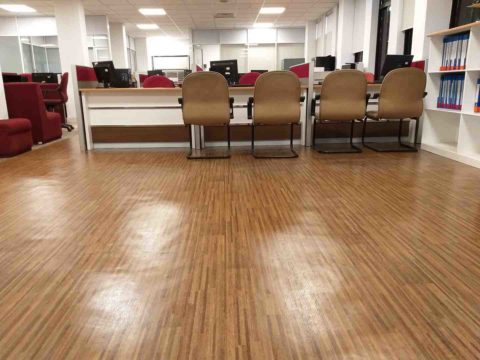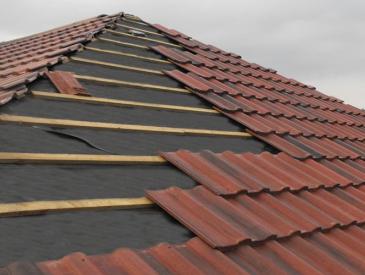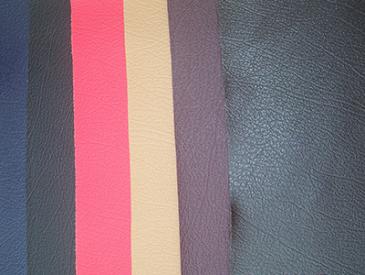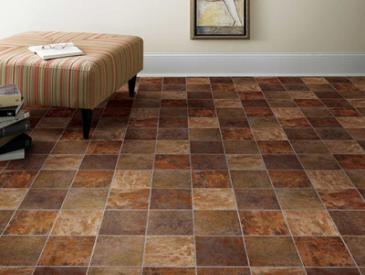- Your cart is empty
- Continue Shopping
What is the right thickness of Vinyl flooring for me?
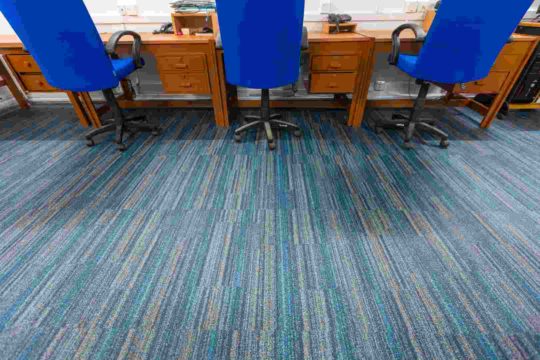
Vinyl flooring is available in multiple forms. They come in large sheets, different sizes of tiles and planks. They are also several variations of planks such as SPC, LVT and WPC, etc. These products vary in thickness from 2.0mm to 8.0mm. It can be a difficult task for the consumer to understand what the right thickness is for your need. Here we will explore the various considerations that require attention when choosing the ‘right thickness’ of Vinyl floor.
A common misconception generally is that thicker the Vinyl flooring better the durability. But the reality in Vinyl world is, wear layer is what determines the durability of the product. Thicker the wear layer the more durable the product. The wear layer usually is a combination of a transparent layer with UV coating to make the product free from scratch and stain marks. It helps preserve the original look for longer minimizing the need for maintenance.
What are the consideration points when choosing the correct type of Vinyl flooring for you:
- What type of place is it? (Residential or commercial?)
- What level of foot fall is to be expected?
- What type of subfloor is it?
- Does the subfloor require work to smoothen it?
As a general rule, one can start with 2.0mm Vinyl flooring as a safe bet for most areas. Depending on the type of place the wear layer thickness can vary. For e.g. if it’s a commercial establishment where significant customer traffic is expected throughout the day, a minimum wear layer thickness of 0.50mm would be ideal and gives you good durability. Whereas if it’s an apartment or private residence where the wear and tear is significantly less, 0.30mm wear layer would be sufficient. Thicker vinyl also helps minimise (not necessarily eliminate) sub floor imperfections, if it was not a smooth surface.
There are flexible Vinyl planks known as Luxury Vinyl Tiles (LVT) and there are the rigid core ones known as Stone Polymer Composite (SPC) flooring. LVT is generally available in 2.0-3.0mm whereas SPC is available in the range of 3.5 – 8.0mm. It is used with a combination of an underlayer that could be 3.0-5.0mm itself. In general, LVT 2.0mm would work in most cases where the sub floor is smooth. The subfloor being smooth is actually a pre-requisite for LVT application. Subfloor can be of any type such as concrete, plywood, tiles, etc. But it is important that its smoothened before LVT is applied on it to get the clean rich look. The more rigid core product SPC can be applied on subfloor that is not necessarily smooth. The underlayer to some extent will compensate for the imperfections of the floor and mute noise. The underlayer also serves as a moisture barrier on concrete floors. Generally, 4.0mm or above is a good thickness to start with for SPC. Again, it is the wear layer that determines the durability like in the case of bendable LVT.
To summarise, if the subfloor is smooth then 2.0mm LVT works fine in most cases and if it is a commercial area you may want to consider 3.0mm LVT with 0.5mm wear layer to improve stability and comfort. If your subfloor has imperfections, then the 4.0mm SPC is a better bet with the underlayer. Again, pay close attention to the wear layer thickness to determine the durability that you require at your premises.

